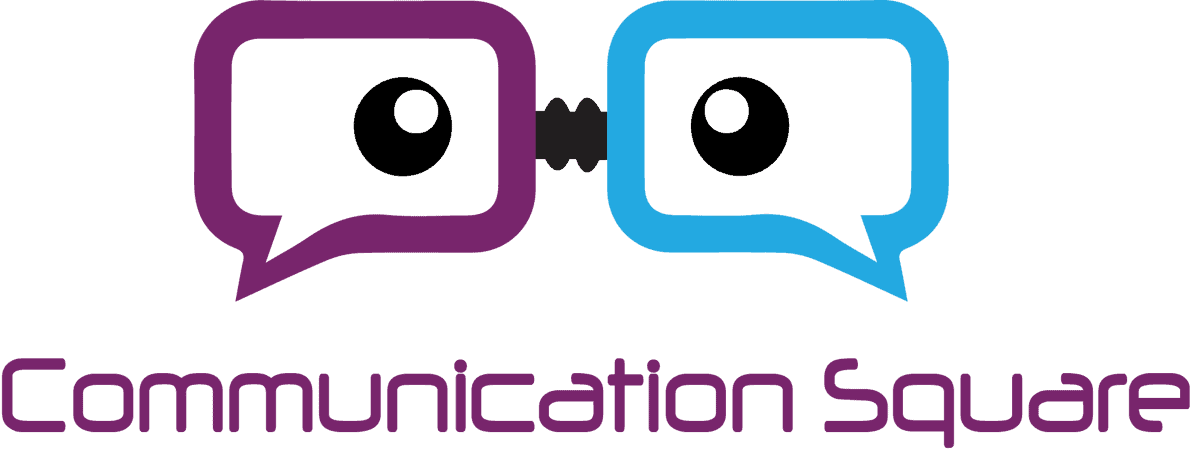In the era of rapid technological advancement, the educational landscape is experiencing a seismic shift. One of the key drivers of this change is the digital transformation powered by Microsoft 365. Microsoft 365, a suite of productivity tools, is enabling a more collaborative, personalized, and data-driven approach to education. It's not only enhancing the teaching-learning process but also streamlining administrative tasks. In this blog post, PaperZilla.com will delve into how Microsoft 365 is reshaping the education sector.
Microsoft 365 Tools for Collaborative Learning: Enhancing Communication and Teamwork
Collaborative learning is one of the critical aspects of modern education. This pedagogical approach fosters an environment where students can interact with their peers, engage in group tasks, and learn from each other. Microsoft 365 offers a range of tools that facilitate this type of learning.
One such tool is Microsoft Teams, a digital hub that brings conversations, content, and apps together in one place. This platform allows students to work on projects together, share ideas in real-time, and receive instant feedback from their peers and teachers. It promotes active learning and enhances communication and teamwork among students.
Another tool worth mentioning is Microsoft OneNote. This digital notebook allows students and teachers to collaborate by taking notes, drawing diagrams, and sharing materials in a single, easy-to-access place. It promotes a more organized and efficient way of learning.
Microsoft Whiteboard is another powerful tool for collaborative learning. It is a freeform digital canvas where ideas, content, and people come together. It allows students to draw, write, and add sticky notes, making brainstorming sessions more interactive and engaging.
Personalized Learning with Microsoft 365: Adapting Education to Individual Needs
Every student is unique, with different learning styles, paces, and interests. Hence, a one-size-fits-all approach to education is often ineffective. This is where Microsoft 365 steps in, enabling personalized learning to cater to individual needs.
Microsoft 365 offers tools like OneNote Class Notebook, which allows teachers to create personalized learning experiences for their students. This tool gives teachers the ability to provide individualized feedback, assignments, and learning materials for each student.
Moreover, Microsoft Forms enables teachers to create quizzes and surveys to assess student learning. The results from these assessments can be used to tailor teaching methods to individual learning needs.
The Immersive Reader tool in Microsoft 365 is another meaningful change. This tool improves reading comprehension by offering features like read aloud, text spacing, and syllable division. It caters especially to students with dyslexia, ADHD, and emerging readers, providing them with a personalized reading experience.
Data-Driven Decision Making: Leveraging Microsoft 365 Analytics for Student Success
In today’s data-driven world, making informed decisions is crucial for success. Microsoft 365 provides a suite of analytics tools that allow educators to make data-driven decisions to enhance student success.
The Microsoft 365 Admin Center provides a wealth of insights into usage patterns. It helps educators understand how students are using various tools and applications, enabling them to identify gaps and areas for improvement.
Moreover, Microsoft Power BI is a powerful analytics tool that can visualize data in a comprehensive and easy-to-understand manner. It can be used to analyze student performance, track progress, and identify trends.
Office 365 Education also includes Office Delve, a tool that uses machine learning to provide personalized insights. It helps educators discover patterns and relationships, leading to more informed decisions about curriculum design and teaching methods.
Streamlining Administrative Tasks with Microsoft 365: Improving Efficiency in Education
Administrative tasks in education can often be tedious and time-consuming. Microsoft 365 provides tools that can streamline these tasks, leading to improved efficiency.
Microsoft Bookings, for instance, simplifies scheduling by allowing parents and students to book appointments with teachers. It eliminates the back-and-forth of traditional scheduling and automatically sends reminders to all parties.
For document management, SharePoint is a vital tool. It allows schools to create websites to store, organize, share, and access information from any device.
Lastly, Microsoft Planner makes task management easier. It enables teachers and administrators to create plans, assign tasks, and track progress. It simplifies project management, ensuring that everyone stays on the same page.
In conclusion, Microsoft 365 is playing a pivotal role in the digital transformation of education. It enhances collaborative learning, enabling personalized education, facilitates data-driven decision making, and streamlines administrative tasks. With Microsoft 365, the future of education is indeed promising.
Last Updated 1 year ago

